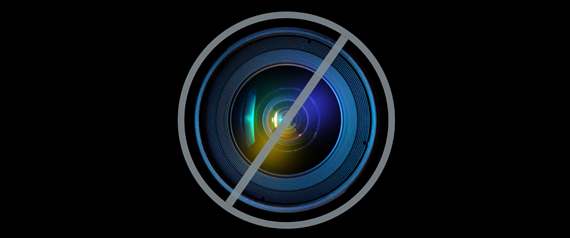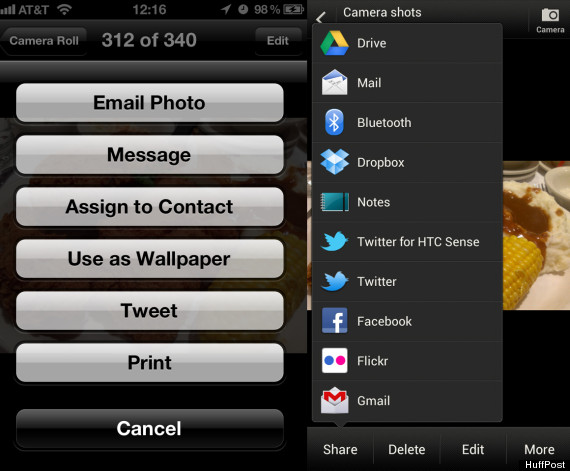1 Samsung Galaxy Ace 2

The original Ace sold by the skipload. The Ace 2, priced just shy of £250 when bought off-contract, improves on its predecessor with a brawnier dual-core processor and a larger, higher-resolution 3.8-inch touchscreen.
Meanwhile, stuff that marked out the Ace as a bargain, such as up microSD support of up to 32GB of storage and its cute, compact form factor, are unchanged. Hey, if it ain’t broke…
2 HTC One V

With contract prices starting from £15.50, the HTC One V is perhaps at the more expensive end of anyone’s definition of what constitutes a cheap Android phone. But for that tiny bit of extra outlay, you’re really getting a mid-range kit.
And this is very much in evidence in the spec sheet. Beats by Dre audio? Check. Screen that at 3.7-inches is knocking on the door of larger, much more expensive kits? Check. The latest Ice Cream Sandwich version of Android? Check.
And you get all that wrapped up in a phone with the weighty, premium feel that HTC is known for.
3 HTC Explorer

From the first-ever PAYG Android kit, the game-changing HTC Magic, HTC has form with cheap phones.
Although it comes in at a somewhat portly 12.9mm thick, the Explorer remains a cute and compact bit of kit. But crucially still makes room for a 3.2-inch touchscreen, a three-megapixel camera and the last-but-one Gingerbread version of Android.
The tech gets the nod in this list because it teams the complete Sense experience into a budget handset, including lock screen shortcuts and seven virgin homescreens to populate with widgets and apps.
4 T-Mobile Vivacity

Network-branded phones have a bad reputation. Often justifiably so. But don’t let that put you off T-Mobile’s Vivacity.
Priced keenly at £90 on pay as go, it takes more than a few design cues from the iPhone 3GS – no bad thing in our book, given that we prefer it to the phone usually touted as Jonathan Ive’s masterpiece.
And although it’s not as slick as an Apple device – what is, in fairness? – it’s still a very decent handset for the money with a feature set that takes in a five-megapixel camera, a 3.5-inch screen with an unexpectedly high pixels per inch count and Android Gingerbread out of the box.
The weak processor means there’s scant chance of an update to Ice Cream Sandwich. But at this price, you’d have to be pretty optimistic to expect one in the first place.
5 Huawei Ascend

Exclusive to Vodafone for a price expected to be in the region of £15 per month, the Huawei Ascend’s glassy exterior with a metal trim gives it the feel of a handset that’d set you back a lot more. The four-inch screen also looks like it belongs on a costlier kit. In size if not in resolution.
Other key specs take in a five-megapixel snapper with autofocus and flash and Android 2.3 out of the box.
6 HTC Evo 3D

Launched into an ever-more cut-throat market for top-end Android kit, HTC’s 3D capable handset didn’t set sales charts alight. And so within a few months had been pretty heavily discounted.
Now up for grabs at £20.50 on Vodafone, you get a handset with front and rear-mounted cameras and the same cutting-edge parallax tech as the Nintendo 3DS that lets you record 3D video, take eye-popping snaps and 3D playback. And all without the need for silly specs to get the effect.
You’re also getting a pleasingly weighty, very HTC bit of kit, with a lush 4.3-inch Super LCD display, pre-loaded 3D content, a dual-core processor and expandable memory.
It might not be cheap compared to some of the handsets here, but you’re getting an incredible amount of phone for your money. And it’s for that reason that it’s made our list.
7 Orange San Francisco 2

Another sub £100 kit on pay as you go or £10.50 per month on contract, the sequel to Orange’s original city-themed blower. This time you get Android 2.3 in place of the creaky 2.1 version and a five-megapixel camera instead of 3.1 megapixels. Meanwhile, the 3.5-inch screen is unchanged in size or resolution.
If thrift is your thing, the San Fran 2’s appeal is sweetened further by the fact that if you get it on contract you’ll also qualify for cheap cinema tickets and two for one scran at Pizza Express.
8 LG Optimus 3D

Like HTC’s 3D effort, this phone’s price fell substantially not long after release. And like the Evo 3D, it features 3D gaming, media playback, video recording and still snapping and a 4.3-inch screen and dual-core processor.
Shop around and you can get it free from £18 per month.
9 HTC Sensation

Orange is offering the original Sensation, a phone which not too long ago was at the forefront of HTC’s 2011 charge, for free at £20.50 per month.
Well reviewed at the time, the Sensation features a weighty but robust aluminium shell, a 4.3-inch screen with 540 x 960-pixel resolution and a responsive phone with oodles of scope for customisation. If you don’t mind having ‘last year’s phone’, you’re quids-in.
10 Samsung Galaxy Y

Samsung’s branding for its phones isn’t always as clear as it might be. The ‘Y’ tag here is a case in point.
But don’t worry too much about that. Pretty much anything with ‘Galaxy’ in the title is worth your smartphone dollar. And with its pocket-friendly dimensions and smooth feel and cheap and cheerful spec sheet (think three-megapixel camera, 832MHz processor and three-inch touchscreen), it’s a goodish phone at a good price.

















